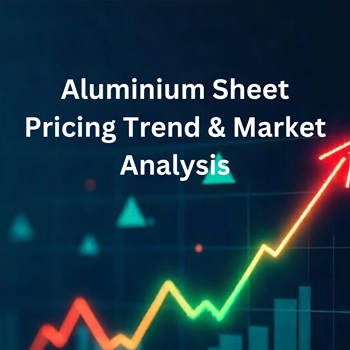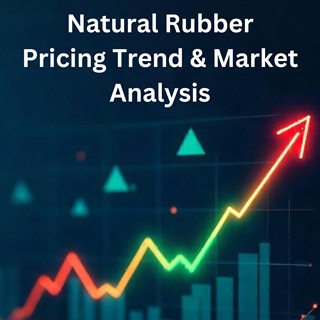
Aluminium Sheet Pricing Outlook
Aluminium sheets are essential to several industries, including automotive, construction, aerospace, and packaging. Their lightweight, durable, and corrosion-resistant properties make them valuable across various applications. As businesses and industries move towards 2025, understanding the pricing trends for aluminium sheets is crucial to stay ahead of the curve. This article outlines the key factors driving aluminium sheet prices and provides an outlook for 2025.
Aluminium Sheets: A Key Material in Multiple Industries
Aluminium sheets are versatile and widely used due to their flexibility, durability, and cost-effectiveness. In the automotive industry, they are used in vehicle body panels and other components to reduce weight and increase fuel efficiency. In the construction industry, aluminium sheets are commonly used for roofing, cladding, and facades, contributing to energy efficiency and sustainability. The packaging industry also relies on aluminium sheets for manufacturing cans, foils, and containers, among other products.
As we approach 2025, aluminium sheet prices will be influenced by several global factors, including the surge in electric vehicle production, growing demand for sustainable construction, and supply chain dynamics. Understanding these factors is essential for industries relying on aluminium to plan and budget effectively.
Book a demo for a real-time, data-driven insights: https://www.price-watch.ai/book-a-demo/
The Main Drivers of Aluminium Sheet Pricing for 2025
1. Demand for Electric Vehicles and Lightweight Materials
The electric vehicle industry has grown rapidly in recent years as the shift towards sustainable transportation accelerates. Aluminium is an important material in EV manufacturing due to its lightweight properties, which help improve energy efficiency and increase the vehicle’s range. As governments and consumers continue to prioritize electric vehicles, the demand for aluminium sheets is expected to rise significantly.
The automotive sector’s growing need for aluminium will drive up prices, particularly as manufacturers struggle to secure enough raw material to meet the demand. By 2025, the production of electric vehicles is expected to reach new heights, contributing to the rise in aluminium sheet prices.
2. Sustainability in the Construction Industry
The construction industry is increasingly adopting sustainable practices, with a growing demand for green building materials. Aluminium is a preferred material in this context due to its recyclability and long-term durability. More construction projects are opting for aluminium sheets for facades, roofing, and cladding, as they help meet environmental goals and contribute to energy efficiency.
By 2025, as sustainability becomes even more embedded in construction practices, demand for aluminium sheets in green building projects will continue to grow, leading to higher prices due to the increased demand for this material.
3. Challenges in Global Supply Chains
Global supply chains have experienced significant disruptions over the past few years, leading to shortages of various raw materials, including aluminium. Factors such as trade restrictions, natural disasters, and logistics issues have contributed to supply chain disruptions that have directly impacted the availability of aluminium sheets.
In 2025, these challenges are expected to continue, which could result in higher prices due to limited supply. As industries scramble to secure aluminium for production, price fluctuations will be inevitable.
4. Rising Energy Costs and Production Expenses
The production of aluminium is energy-intensive, with electricity being a major cost factor. Energy prices have been volatile in recent years, and any further increase in energy costs will directly affect the cost of producing aluminium sheets.
As energy prices continue to fluctuate, aluminium producers will face higher production costs, which will likely be passed on to consumers. By 2025, the combination of rising energy prices and higher production costs will likely push aluminium sheet prices upward.
5. Demand from Aerospace and Manufacturing
The aerospace industry continues to rely heavily on aluminium for the manufacturing of aircraft and components. Aluminium sheets are used for making fuselages, wings, and other key parts of the aircraft. Additionally, the defense industry also relies on aluminium for military applications.
The recovery of the aerospace industry after the pandemic and the increasing demand for new aircraft will place additional pressure on the aluminium market. As both the aerospace and defense sectors ramp up production, the demand for aluminium sheets will further drive up prices.
Conclusion
As we approach 2025, aluminium sheet prices will be influenced by a combination of factors, including growing demand in the electric vehicle and construction industries, disruptions in global supply chains, rising energy costs, and the expansion of the aerospace sector. These factors will likely lead to higher aluminium sheet prices, and industries reliant on the material will need to adapt to these changes.
Staying informed about market trends and adjusting procurement strategies accordingly will be essential for businesses to effectively manage the rising cost of aluminium sheets. By planning ahead, industries can mitigate the effects of price volatility and continue to thrive in an evolving global market.










